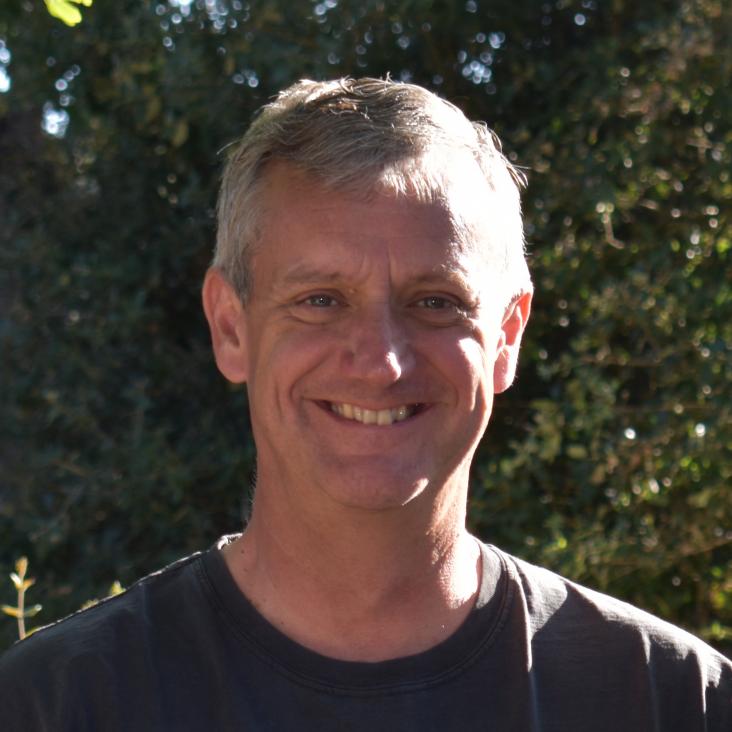A consistent retrieval analysis of 10 Hot Jupiters observed in transmission
(2016)
Jupiter's para-H2 distribution from SOFIA/FORCAST and Voyager/IRIS 17-37 μm spectroscopy
Icarus Elsevier 286 (2016) 223-240
Abstract:
Spatially resolved maps of Jupiter’s far-infrared 17-37 μm hydrogen-helium collision-induced spectrum were acquired by the FORCAST instrument on the Stratospheric Observatory for Infrared Astronomy (SOFIA) in May 2014. Spectral scans in two grisms covered the broad S(0) and S(1) absorption lines, in addition to contextual imaging in eight broad-band filters (5-37 μm) with spatial resolutions of 2-4”. The spectra were inverted to map the zonal-mean temperature and para-H2 distribution (fp, the fraction of the para spin isomer with respect to the ortho spin isomer) in Jupiter’s upper troposphere (the 100-700 mbar range). We compared these to a reanalysis of Voyager-1 and -2 IRIS spectra covering the same spectral range. Tropospheric temperature contrasts match those identified by Voyager in 1979, within the limits of temporal variability consistent with previous investigations. Para-H2 increases from equator to pole, with low- fp air at the equator representing sub-equilibrium conditions (i.e., less para-H2 than expected from thermal equilibration), and high- fp air and possible super-equilibrium at higher latitudes. In particular, we confirm the continued presence of a region of high-fp air at high northern latitudes discovered by Voyager/IRIS, and an asymmetry with generally higher fp in the north than in the south. Far-IR aerosol opacity is not required to fit the data, but cannot be completely ruled out. We note that existing collision-induced absorption databases lack opacity from (H2)2 dimers, leading to under-prediction of the absorption near the S(0) and S(1) peaks. There appears to be no spatial correlation between para-H2 and tropospheric ammonia, phosphine and cloud opacity derived from Voyager/IRIS at mid-infrared wavelengths (7-15 μm). We note, however, that para-H2 tracks the similar latitudinal distribution of aerosols within Jupiter’s upper tropospheric and stratospheric hazes observed in reflected sunlight, suggesting that catalysis of hydrogen equilibration within the hazes (and not the main clouds) may govern the equator-to-pole gradient, with conditions closer to equilibrium at higher latitudes. This gradient is superimposed onto smaller-scale variations associated with regional advection of para-H2 at the equator and poles.Habitable worlds with JWST : transit spectroscopy of the TRAPPIST-1 system?
Monthly Notices of the Royal Astronomical Society: Letters Oxford University Press 461:1 (2016) L92-L96
Abstract:
The recent discovery of three Earth-sized, potentially habitable planets around a nearby cool star, TRAPPIST-1, has provided three key targets for the upcoming James Webb Space Telescope (JWST). Depending on their atmospheric characteristics and precise orbit configurations, it is possible that any of the three planets may be in the liquid water habitable zone, meaning that they may be capable of supporting life. We find that present-day Earth levels of ozone, if present, would be detectable if JWST observes 60 transits for innermost planet 1b and 30 transits for 1c and 1d.Exoplanets with JWST: degeneracy, systematics and how to avoid them
Proceedings of SPIE--the International Society for Optical Engineering SPIE, the international society for optics and photonics 9904 (2016) 99043p-99043p-13
Mid-infrared mapping of Jupiter’s temperatures, aerosol opacity and chemical distributions with IRTF/TEXES
Icarus Elsevier (2016)


